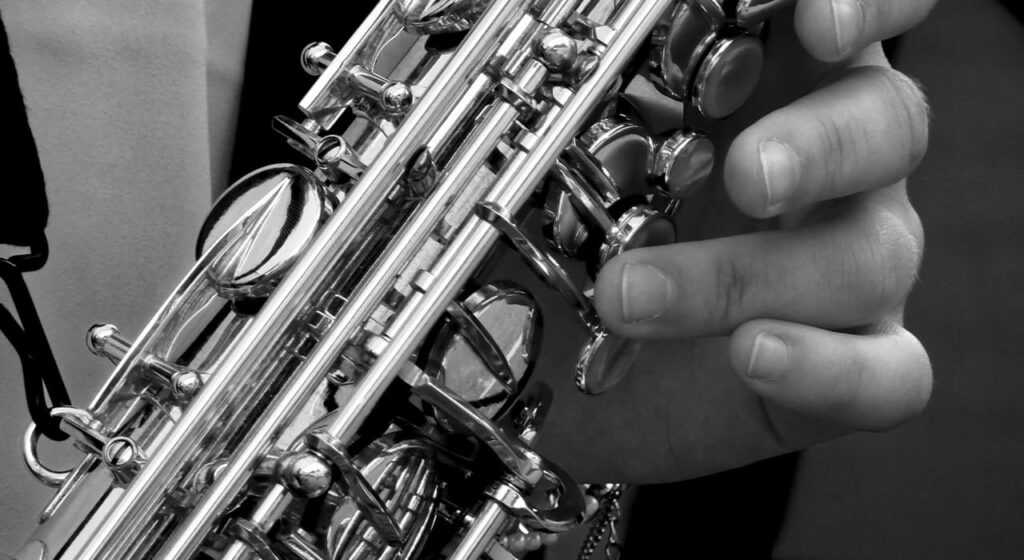The origins of jazz lie in the traditions of African music. Its founders can be considered the peoples of the African continent. The slaves brought to the New World from Africa were not of the same race, and often did not understand each other. The need for interaction and communication led to the unification and creation of a single culture, including music. It is characterized by complex rhythms, dances with stomping and clapping. These, along with blues motifs, gave rise to a new musical direction.
The processes of blending African music culture with European music culture, which has undergone serious changes, began in the eighteenth century, and in the nineteenth century led to the emergence of a new musical trend. That is why the history of jazz is inseparable from the history of American jazz.
The history of the birth of jazz begins in New Orleans, in the American South. This phase is characterized by the collective improvisation of several versions of the same melody by the trumpeter (main voice), clarinetist and trombonist against the marching accompaniment of the brass bass and drums.
In the 20’s the main features of the future styles were found: equal pulsation of the double bass and drums, contributing to the swing, virtuoso soloing, the manner of vocal improvisation without words with the help of individual syllables (“scat”). A significant place was taken by the blues. Later, both stages – New Orleans and Chicago – are united by the term “Dixieland”.
A coherent system called “swing” emerged in American jazz in the 20s. Swing was characterized by the emergence of a new type of orchestra – the big band. With the growth of the orchestra had to abandon collective improvisation, move to the performance of arrangements recorded on sheet music. Arranging became one of the first manifestations of the composer’s beginning.
The big band consists of three groups of instruments – sections, each can sound like one polyphonic instrument: the saxophone section (later with clarinets), the “brass” section (trumpets and trombones), the rhythm section (piano, guitar, double bass, drums).
A solo improvisation based on “square” (“chorus”) appeared. “Square” is one variation, equal in duration (number of bars) to the theme, performed against the same background as the main theme, chord accompaniment, to which the improviser adjusts new melodic turns.
In the 30’s became popular American blues, became widespread song form of 32 bars. In the swing began to be widely used “riff” – two to four bars of rhythmically flexible cue. It is played by the orchestra while the soloist improvises.
American jazz of the 1930s was becoming commercialized. So among fans and connoisseurs of the history of jazz’s origins there was a movement to revive earlier, authentic styles. A decisive role was played by the small Negro ensembles of the ’40s, which discarded everything calculated for external effect: variety, danceability, songfulness. The theme was played in unison and hardly ever heard in its original form, the accompaniment no longer required dance regularity.
This style, which opened the modern era, was called “bop” or “bebop”. The experiments of talented American musicians and jazz performers – Charlie Parker, Dizzy Gillespie, Thelonious Monk and others – actually started the development of an independent art form, only outwardly related to the pop-dance genre.
From the late 40s to the mid-60s, the development took place in two directions. The first included the styles of “cool” – “cool”, and “west coast”. They are characterized by extensive use of the experience of classical and contemporary serious music – developed concert forms, polyphony. The second direction included styles “hardbop” – “hot”, “energetic” and close to it “soul-jazz” (in translation from English “soul” – “soul”), which combined the principles of old bebop with traditions of Negro folklore, temperamental rhythms and intonations of spirituals.
Both of these movements have much in common in their desire to free themselves from the division of improvisation into separate squares, as well as to swing waltz and more complex dimensions.
Since the early 60s, active experimentation with spontaneous improvisation, not even limited to a specific musical theme – Freejazz – begins. However, the harmony principle becomes even more important: each time a row of sounds – a harmony – is chosen anew, rather than clearly distinguishable squares. In search of such harmonies musicians turn to the cultures of Asia, Africa, Europe, etc. In the ’70s come the electric instruments and rhythms of youth rock music, based on a more shallow fractured measure than before. This style first gets the name “fusion”, i.e. “fusion”.
